Elizabethan age politics
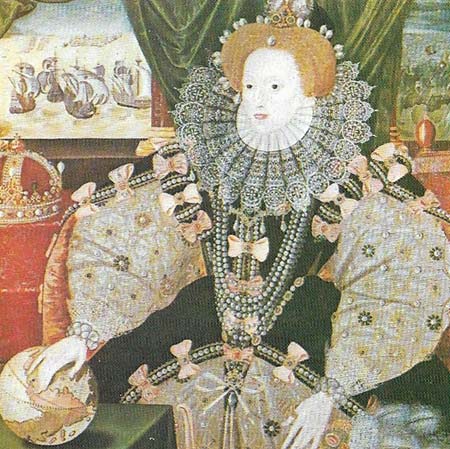
Figure 1. Elizabeth, seen here on her Armada portrait of 1588, was anxious to build up an image of majesty. But in practical politics she was down-to-earth, and let none of her subjects endanger her power.
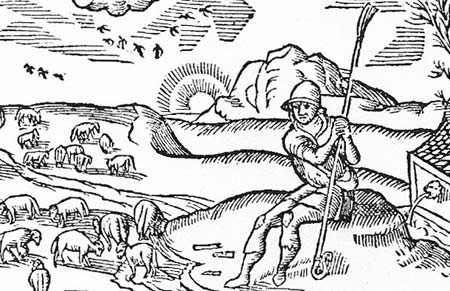
Figure 2. Sheep-farming often replaced tillage as a result of enclosures. The ensuing drop in agricultural employment led Thomas More (c. 1478–1535) to say in his Utopia: “Sheep have become devourers of men”.
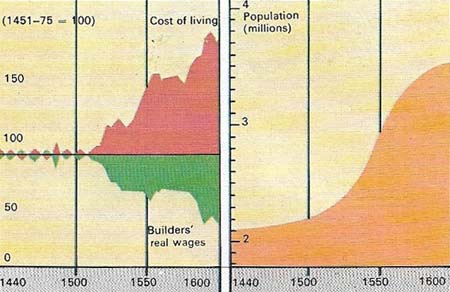
Figure 3. The population of England rose steadily throughout the 16th century as plague became less virulent. Contemporaries thought that the country was overcrowded and suggested colonisation as a means of disposing of the surplus. But the real cause of the unemployment and distress was inflation, a Europe-wide phenomenon of the period, and the failure of wages to keep pace with prices. Even though inflation steadied after the 1560s, when Elizabeth restored the currency after Henry VIII's debasement of the coinage in the 1540s, by 1600 prices were still more than five times greater than a century earlier. Despite the social problems caused by this inflation, it acted as a stimulus to a burst of industrial activity, including coal and iron mining.
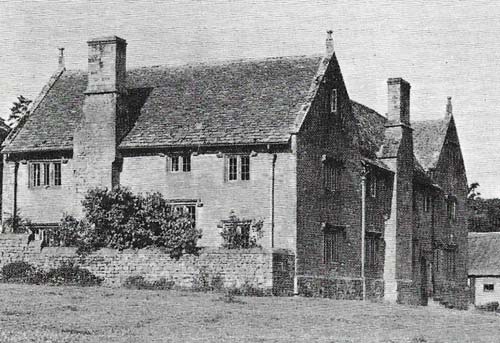
Figure 4. Warminster Hall, on the border of Oxfordshire and Warwickshire was bought on 1572 by Richard Cooper, a successful Yeoman. He rebuilt the house using local brown ironstone. The rural middle classes that developed in the 15th century became socially dominant because they bought much of the land available after the dissolution of the monasteries. Many were energetic and eager to succeed, and people complained that they disregarded the traditional obligations of landowners to the peasantry. This was the class that came to challenge the royal authority in Parliament, and in the 17th century was to take over much authority in the countryside from the traditional nobility.
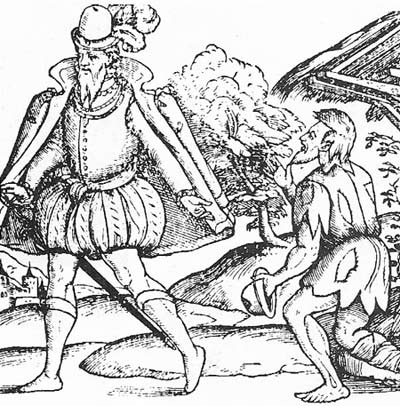
Figure 5. Beggars were increasingly numerous in Elizabeth's reign. Genuine unemployment was aggravated by the ancient system that left each parish responsible for its poor, so that a man travelling in search of work would be moved on quickly before he became a public liability. Despite much protest against heartless landlords, there were also thought to be many professional beggars who had ingenious methods of feigning dereliction and disease. Such beggars roamed the country in hordes, the Poor Law of 1601 tried to distinguish between these and genuinely needy people. It set a fixed rate from parishioners for workhouses. Begging was banned and "sturdy beggars" whipped.
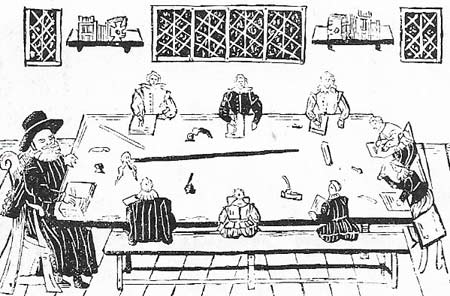
Figure 6. Education in Tudor England was reorganized after the monasteries, once the main source of lay education, were destroyed. But many grammar schools, for the children of the middle classes, were set up, as literacy became necessary.
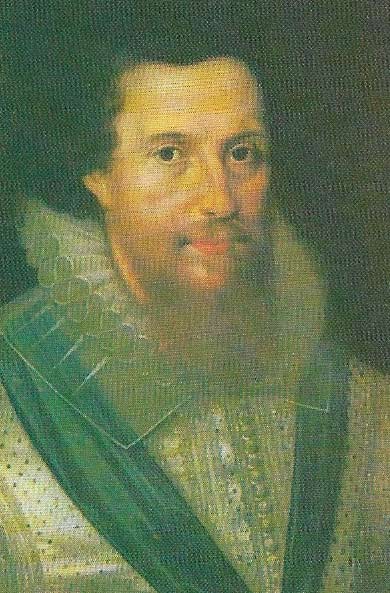
Figure 7. Robert Devereux, Earl of Essex (1566–1601) was a glamorous nobleman who fascinated Elizabeth in her last years. After falling out of favor, he returned to London from Ireland in 1601 to organize a coup to regain power. In its defeat he was executed.
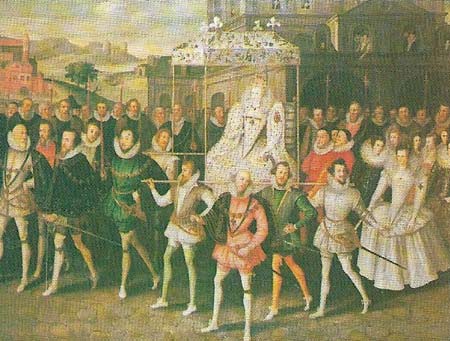
Figure 8. Elizabeth toured her country in triumphal processions almost every year of her reign, as well as creating a close rapport between the queen and her subjects, on which she prided herself, these progresses enabled her to gauge the dominant mood of the country. The cost of the tours was met by local noblemen whose hospitality she sought; they were thus an important way of reducing the huge expenses of her splendid court. There were many distant parts of England which she rarely visited.
Elizabeth I (reigned 1558–1603) of England (Figures 1 and 8) believed that as a queen she belonged to a unique species and governed by divine ordinance. She told the House of Commons that matters were revealed to her "princely understanding" that could not be comprehended by "a knot of harebrains", and the head of the body politic was not to be ruled by the foot. But her theory of government was so intuitive and practical that she seldom needed to discuss it. Where James I would philosophize about the respective roles of king and Parliament, she met opposition with curses, demotions and sharp spells of imprisonment.
The organization of government
The heart of the Tudor system was the Privy Council. There, and in its offshoots such as the Star Chamber and High Commission, policy was decided in matters parochial as well as national. Effective government depended on the industry and loyalty of the principal secretary, and in this Elizabeth was scrupulously served by Lord Burghley, who was her secretary from 1558 to 1572, and Francis Walsingham (1530–1590).
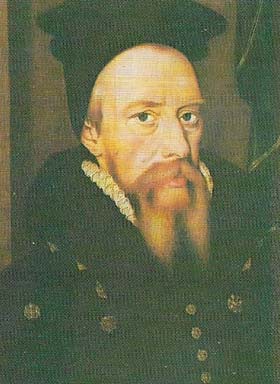 |
| William Cecil, Lord Burghley (1520–1598), acted as adviser to Elizabeth for 40 years, including his times as Lord treasurer after 1572. He too was cautious and recognized the limitations on action that were imposed by Elizabeth's unique position as an unmarried queen without obvious heirs. He personally sympathised with the Calvinists, but supported the Anglican settlement publicly, and was careful to maintain strict control over the House of Commons to prevent a decline in royal authority. But he sometimes complained the Elizabeth's policies were vacillating. His son Robert, Earl of Salisbury (1563–1612) inherited his authority in 1598 and served under James I. |
But the decisions of the Council could not be put into effect without the cooperation of the Commons and the unpaid magistracy of the justices of the peace (JPs) who had to enforce a growing corpus of social legislation. Most JPs belonged to the class of rising gentry (Figure 4) who were buying land and acquiring seats in Parliament. Thus their enthusiasm for legislation in Parliament reflected their willingness to enforce it.
Elizabeth and Parliament
Elizabeth reserved to the royal prerogative all decisions on national religion, foreign policy, her marriage and, later, the appointment of her successor. Religion was central to all these and the aggressively Protestant Commons wanted to amend the moderate religious settlement of 1559 and demanded a foreign policy hostile to the Catholic powers. Elizabeth would not allow the Commons to debate these issues, but they asserted that they had privileges of freedom of speech and freedom from arrest. Elizabeth, however, declared that the right of free speech meant merely the Commons' right to discuss what was set before them by the royal ministers, not to initiate legislation of their own. Ministers controlled debates through the Speaker, who was at that period a royal nominee and not a servant of the House; dissident members were occasionally imprisoned in the Tower of London.
But it was a losing battle. As inflation devalued the Crown's hereditary revenues from land and feudal dues, Elizabeth remained solvent only by selling lands and offices; and when after 1585 she had to meet the expense of a long war with Spain and rebellion in Ireland she became increasingly dependent on Parliament's support. Refusing assent to taxation was the Commons' ultimate weapon, and although the religious issue was quiescent in the 1590s, Elizabeth had to make concessions over monopolies. Measures for the regulation of trade belonged indisputably to the royal prerogative, and in theory a monopoly for the sale or manufacture of a product was considered a legitimate reward for enterprise. But Elizabeth had been selling monopolies as a financial expedient, and her surrender on this issue in 1601 was ominous for future attacks on royal authority.
Outside the area of political conflict the Tudor state exercised wide paternal powers. Imports might be prohibited to protect the home producer and exports banned in times of shortage. The Statute of Apprentices of 1563 was an attempt to settle wages and working conditions at a time of economic uncertainty. To assist the fishing industry, Protestant England still prohibited the eating of meat in Lent, and the sumptuary laws upheld the gradations of society by controlling the dress and diet of the lower classes. Despite Puritan opposition to Sunday activity, sports were officially encouraged on Sundays because they contributed to a healthy yeomanry which was considered important to national defence.
Social problems
Economic regulation failed to solve the growing problem of enclosures. The open-field system of strip farming was inefficient, and agriculture benefited from the consolidation of more compact fields. But the increasingly common enclosure merely for sheep-farming (Figure 2), which employed less labour and might deprive the peasantry of the common land on which they kept their beasts, was a source of hardship for many peasants. By the end of the century Elizabeth's governments had some success in maintaining tillage and checking enclosure to ensure social stability; but the merchants and gentry who bought land were anxious to exploit its full economic value, heedless of traditional rights that villagers might have on it.
The government was more successful in meeting its obligations to the dispossessed. Poverty and unemployment became a serious problem, aggravated by chronic inflation (Figure 3), and gangs of masterless men and beggars (Figure 5) in the towns caused widespread alarm. A series of measures culminated in the Poor Law of 1601, which distinguished between the sick and incapacitated poor, who were to be assisted from the parish rate; the able-bodied, who were to be provided with materials and work; and the wilfully idle, who were to be branded and whipped.
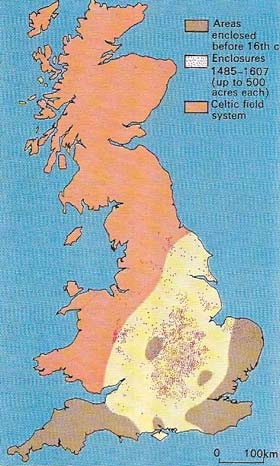 |
| The enclosures of the Tudor period were mostly confined to the old "champion" (midland) country and even there only 6% of the land was affected. Elsewhere enclosed fields had been used for centuries. Enclosure became less common after 1560. |
